.webp)
Pimp Juice
The rise and fall of Nelly’s controversial beverage empire.
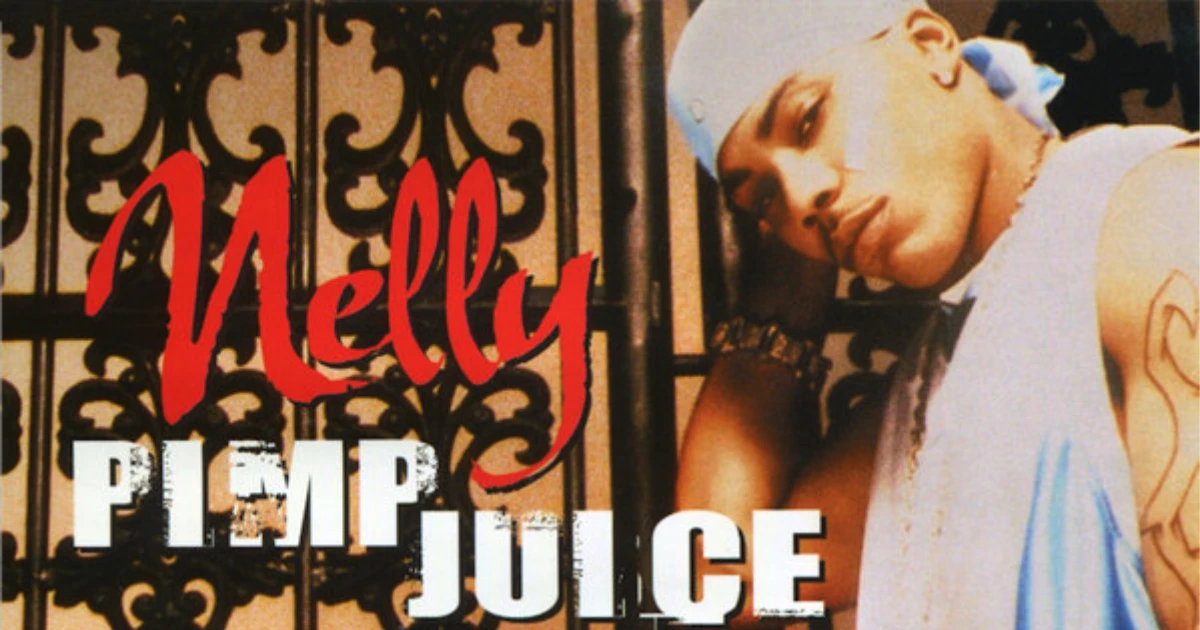
Imagine you are back in 2003, and Nelly is on top of the world.
Country Grammar and Nellyville have made him hip-hop royalty. The St. Louis rapper isn’t just dropping hits—he’s building an empire. Clothing lines, NASCAR investments, and now... an energy drink?
Cornell Haynes Jr. (aka Nelly) wasn’t satisfied with just music success. Working with Demetrius Denham at Fillmore Street Brewery, they had a vision to create the first major celebrity-driven energy drink that would speak directly to hip-hop culture.
The name? Pimp Juice—straight from Nelly’s hit song.
Bold. Controversial. Unforgettable.
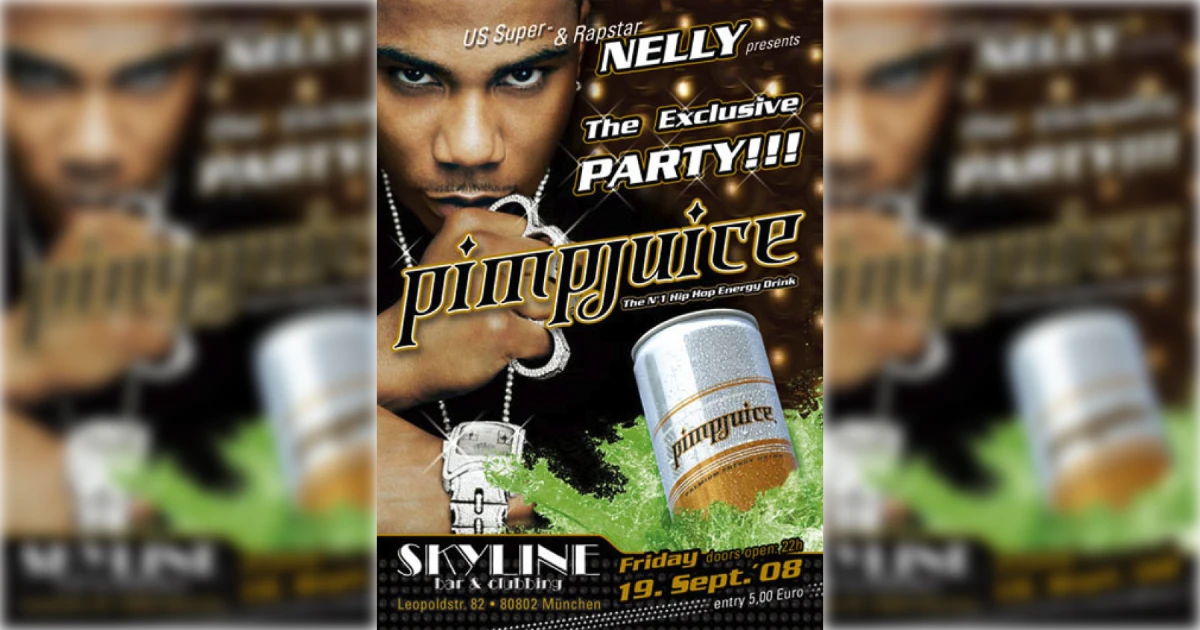
The first cases of Pimp Juice rolled off the production line in August 2003.
And it wasn’t your typical energy drink. Pimp Juice featured a neon green, non-carbonated blend with 10% apple juice for natural sweetness. The tropical berry flavor even glowed under club lights.. Each 8-ounce can packed 81mg of caffeine plus guarana for serious energy, while delivering 100% daily vitamins.
It quickly became Hip-Hop’s number one energy drink. It was street credibility in a can that the likes of Red Bull couldn’t keep up with.
Nelly explained his concept: “Pimp Juice is anything that attracts the opposite sex; it could be money, fame, or straight intellect... Pimp juice is color blind; you find it works on all colors, creeds and kinds; from ages 50 right down to nine.”
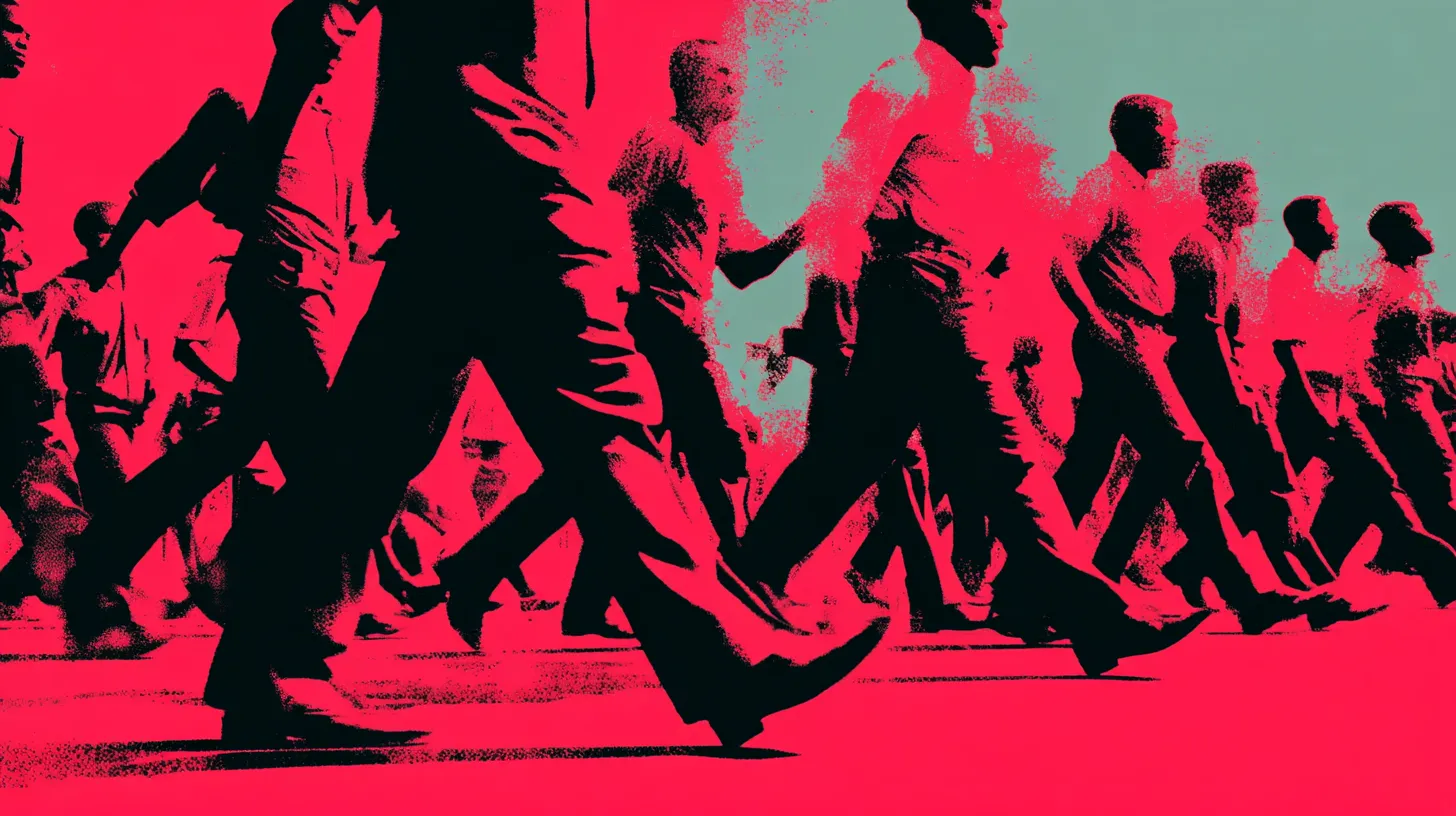
Just one month after launch, the backlash hit like a tsunami.
Four major organizations united against the drink. Project Islamic H.O.P.E., led by Naji Ali, joined forces with the National Alliance For Positive Action, the National Black Anti-Defamation League, and the Messianic Afrikan Nation under Paul Scott’s leadership.
Churches and mosques became organizing centers. Protests erupted. The media had a field day.
The rapper and his team fought back hard. Demetrius Denham argued that “the term pimp has changed meaning over the years and doesn’t have the same connotation to youth.”
They positioned it as a way to turn a negative into a positive.
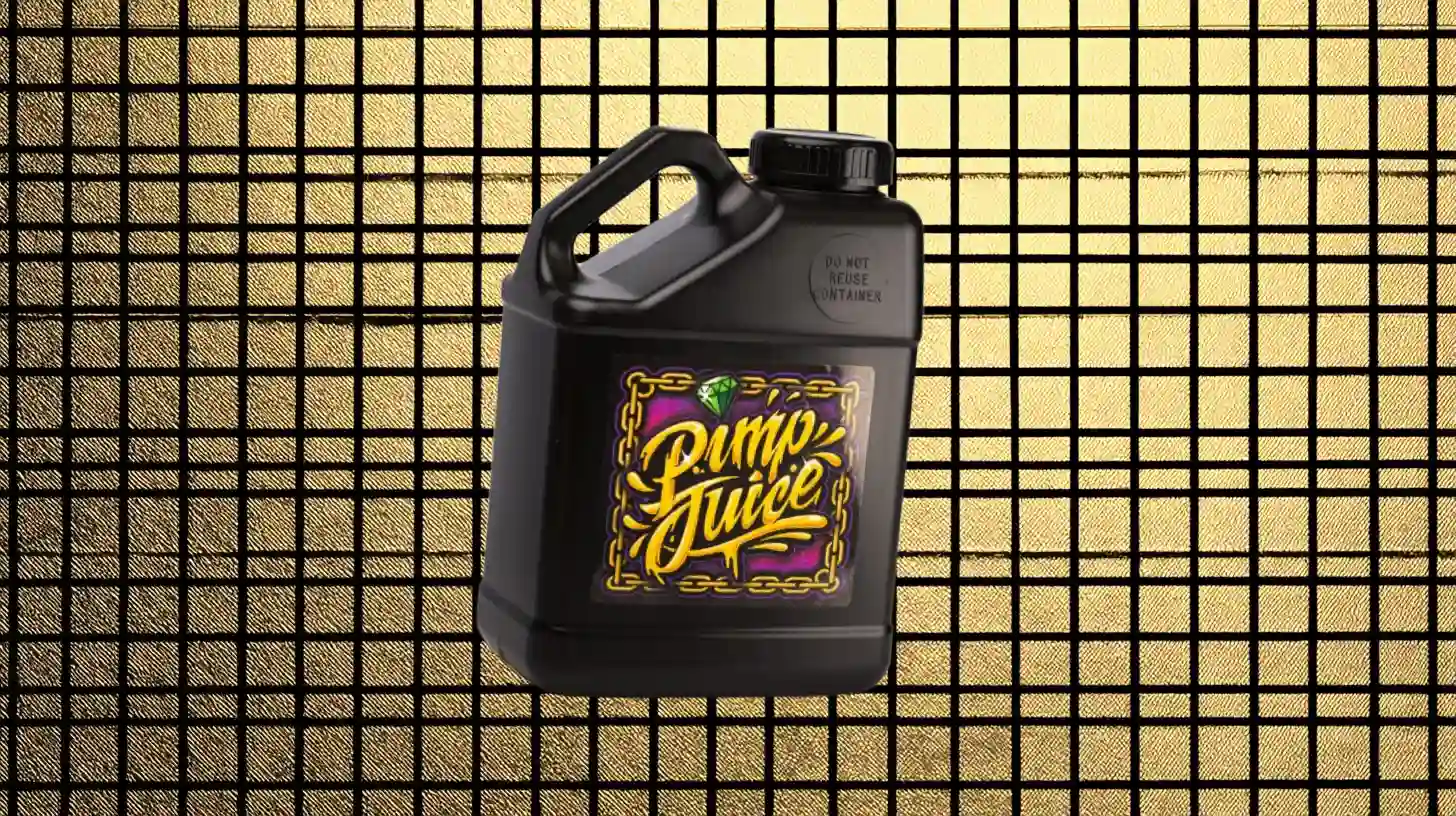
Despite boycotts, protests, and negative media coverage, the drink experienced explosive growth. Over 1 million cans sold in the first three months alone. The brand achieved rapid expansion from regional Midwest distribution to national availability. Industry recognition followed, with BevNet naming it “People’s Choice” while Vibe magazine featured it as the “best energy drink.”
The controversy made Pimp Juice a success.
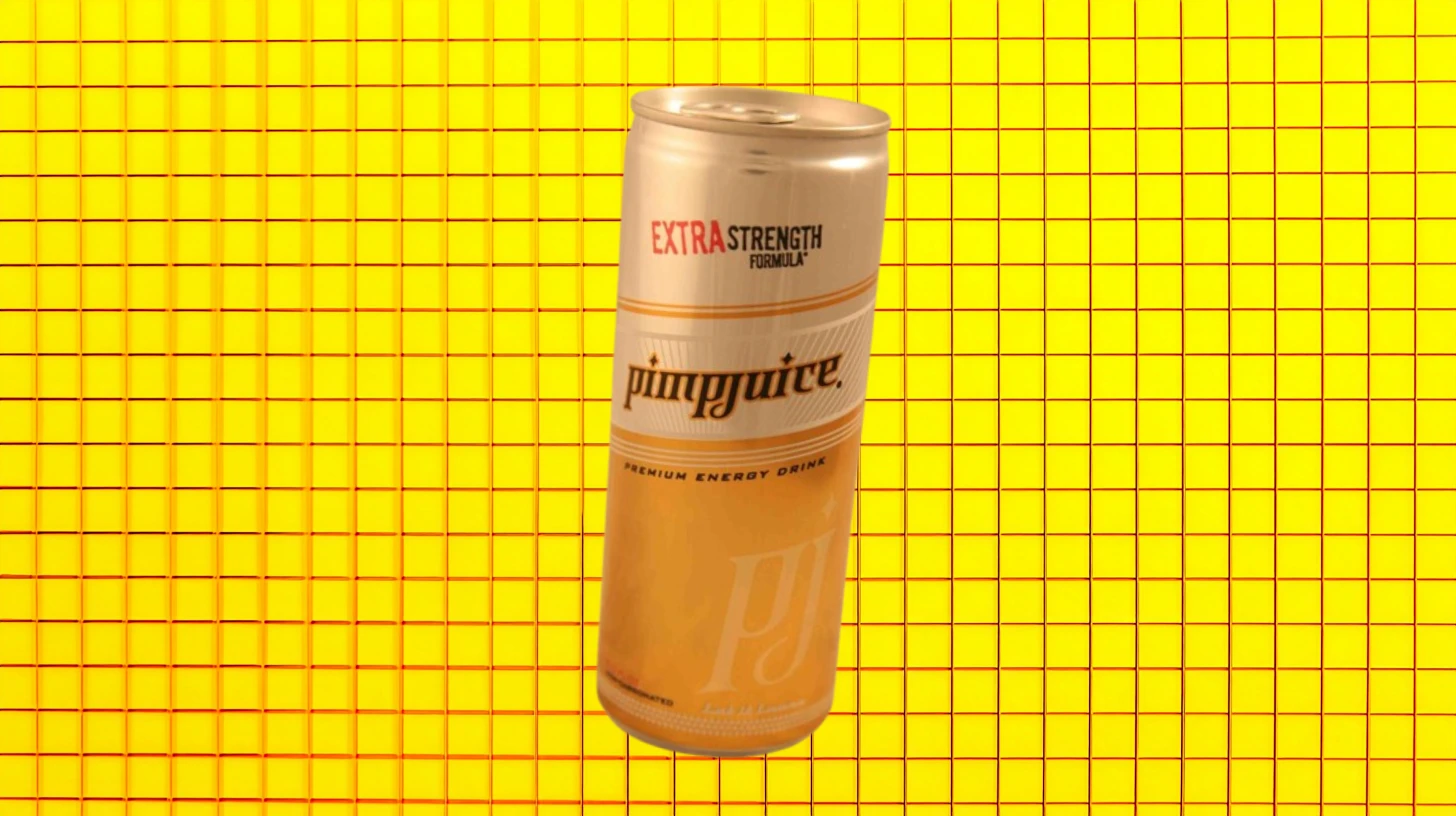
By 2005, the company had secured over 100 distributors across the US while establishing an international presence in 8 countries. European expansion was facilitated through German co-packing deals, perfectly timed for the launch of the FIFA World Cup. The most surprising partnership emerged in South Africa, where ANC politician Mathews Phosa helped establish licensing agreements. Australian distribution soon followed, covering the entire Asia-Pacific market.
The brand expanded strategically. PJ Tight launched in 2005 as a low-carb version targeting people on a diet. Extra Strength followed in 2006, increasing to 81mg of caffeine. The crown jewel came in 2007 with PJ Purple Label, a premium antioxidant blend featuring acai, pomegranate, and prickly pear.
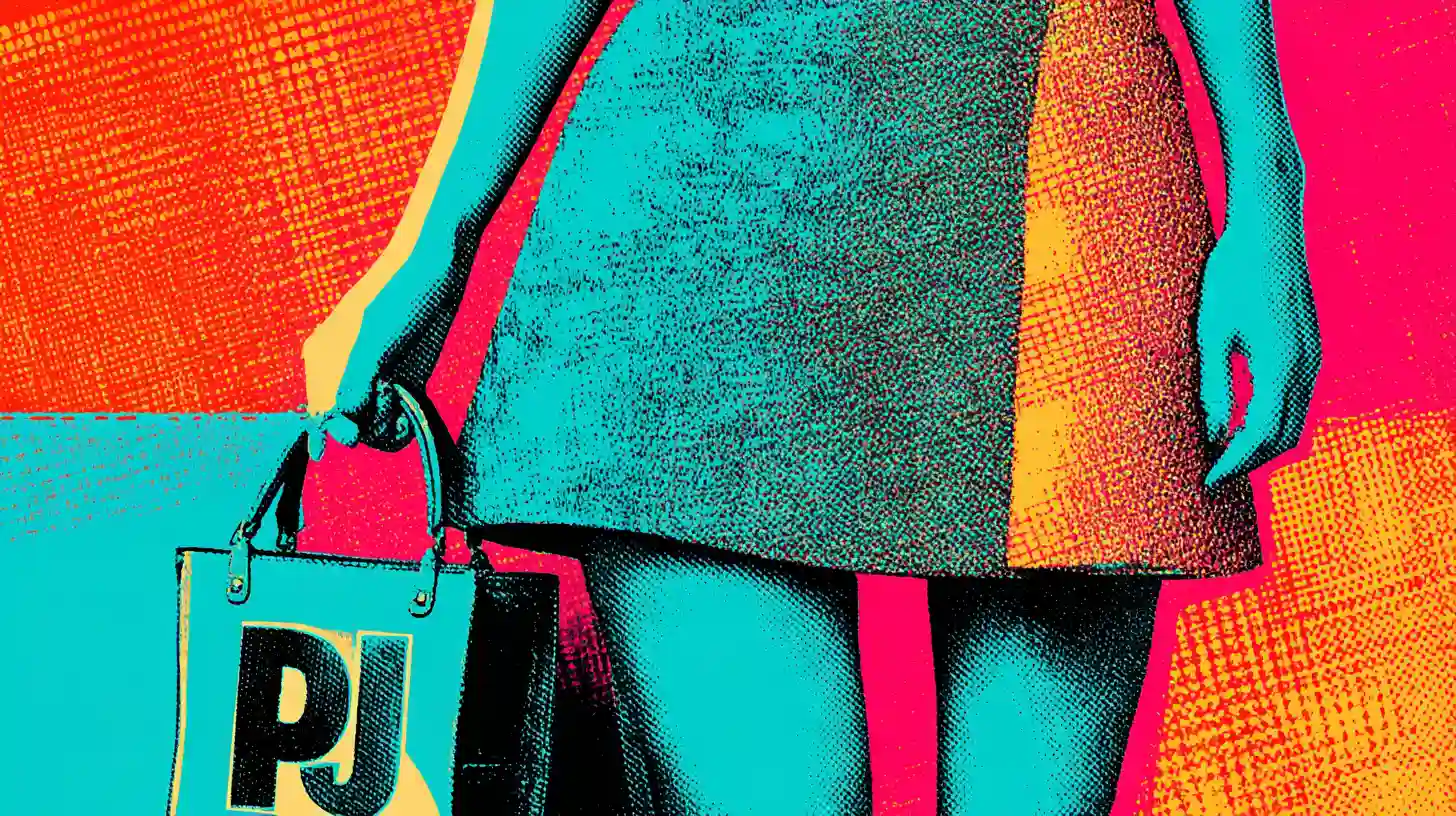
Pimp Juice’s products extended far beyond beverages. T-shirts, stickers, headbands, and even thong panties carried the brand. Free music downloads on letitloose.com created digital engagement. Custom promotional vehicles were auctioned for charity, integrating seamlessly with Nelly’s broader entertainment empire.
This was one of the first major examples of hip-hop artists using their cultural capital to create non-music products. Pimp Juice became a template that countless other artists would follow.
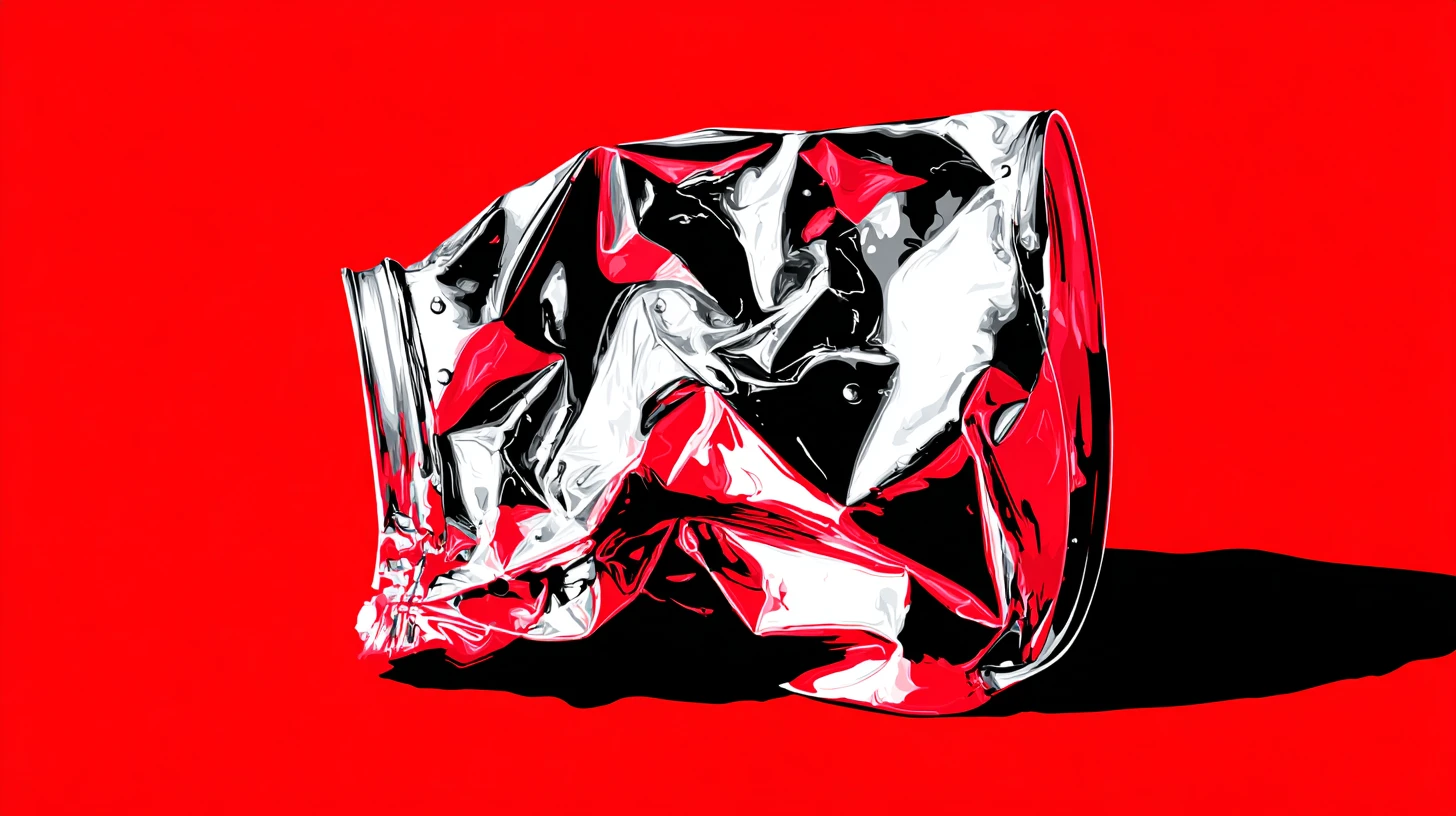
Success in the beverage industry is a brutal endeavor. Even with celebrity backing, maintaining market share requires constant innovation and investment.
Multiple factors began converging. Nelly’s music career started shifting focus toward other ventures. The energy drink market became increasingly crowded with new competitors. Controversy fatigue set in as the initial shock value wore off. Distribution challenges mounted as maintaining shelf space became more expensive. Most tellingly, trademark activity stopped by 2007.
While no official discontinuation was announced about the energy drink, by the late 2000s, Pimp Juice had quietly disappeared from most shelves. The last significant activity was in South Africa in 2007.
Today, unopened cans of Pimp Juice sell on eBay as cultural artifacts for a big premium.
Pimp Juice may be gone, but its impact on celebrity branding, hip-hop entrepreneurship, and energy drink culture remains undeniable.